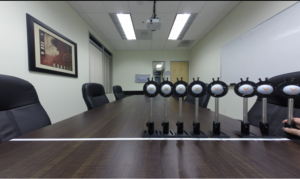
Relative magnification and aspect ratio
It is well-known that the magnification of an imaging lens changes with the object distance (distance from the object to the lens). However, it is

It is well-known that the magnification of an imaging lens changes with the object distance (distance from the object to the lens). However, it is
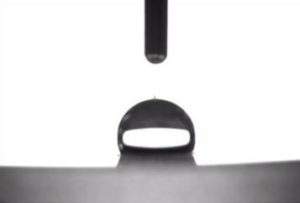
Applications in Imaging Optics Oleophobic refers to the physical property of a molecule that repels oil. Fluorocarbons are deposited to the substrate to create a
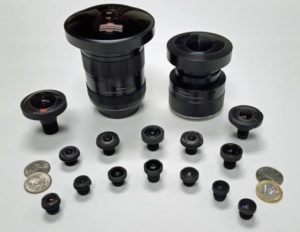
Sunex has many online tools designed to help you find a lens according to your specifications that is best suited to your application. Once a
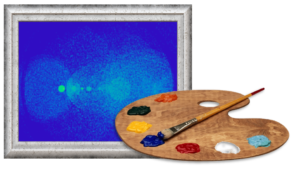
New sensors can capture light intensity variations up to six or more orders of magnitude within the same image frame (+120db HDR, 20*LOG(1e6)), and together

Many applications require that CMOS or CCD imaging lenses be optimized for a finite object, that is, for an object distance closer than “infinity.” The
The general guideline for cleaning optics is “if it’s not dirty, don’t clean it”. Handling optics increases their chances of getting dirty or damaged, so
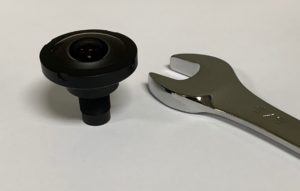
One of the questions we frequently get at Sunex is some variation of, “Can I modify a standard lens, and what does this entail?” The
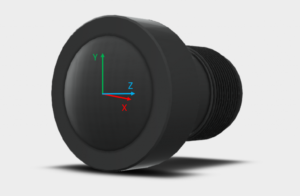
A typical lens assembly consists of several lens elements inside a cylindrical barrel. Due to the mechanical clearance requirement, the internal element diameters must be
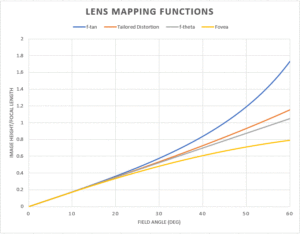
Lens distortion is a commonly used term in the general specification of lenses. The classic, textbook definition of distortion includes barrel and pincushion type distortions.
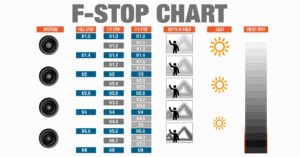
One modification that is commonly requested by our Customers is changing the F/# of a standard lens. The most common reason to stop down a
Meet us at the
Image Sensing Show 2025, booth #DS-4
from 6/11-6/13, 2025, in Yokohama, Japan.